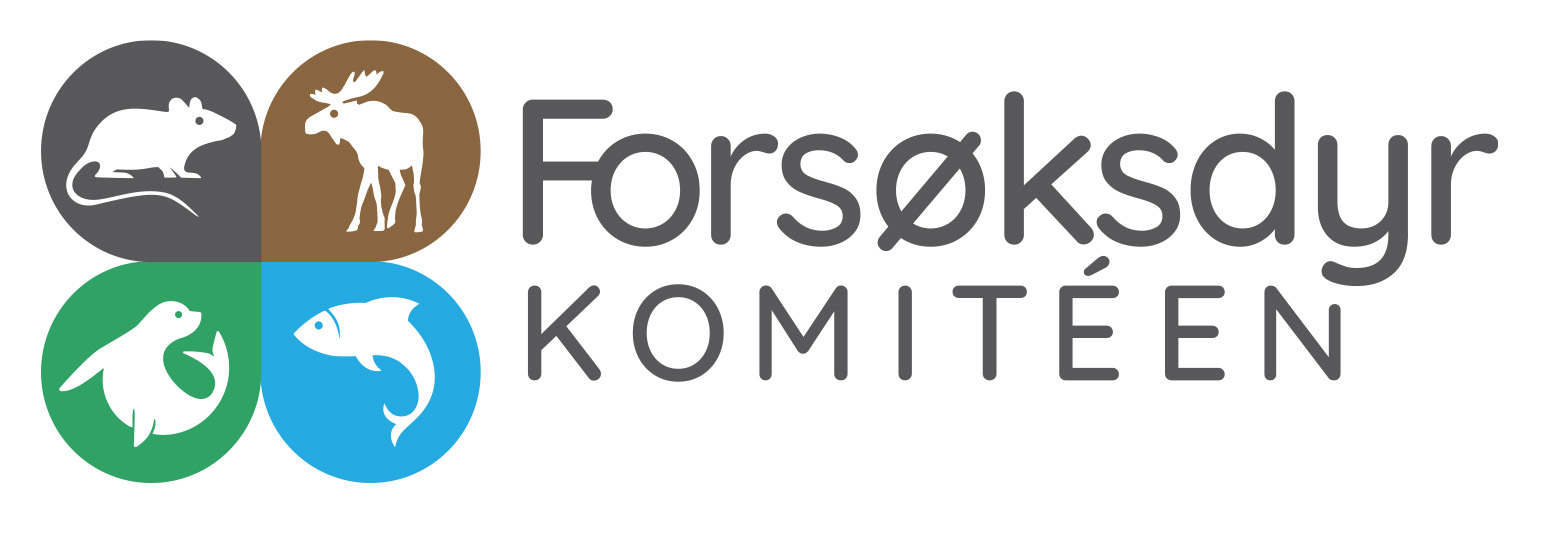
Klassifisering av belastningsgrad
Sitter du i en dyrevelferdsenhet og trenger noen nyttige tips? En av Forsøksdyrkomiteens oppgaver er å dele faglig informasjon og på spørreundersøkelsen vi gjennomførte i 2019 svarte dyrevelferdsenhetene overveldende at dere trenger mer informasjon. Derfor har Forsøkskomiteen laget en rekke korte nyhetssaker med tips til dyrevelferdshetene om hvordan de kan gjennomføre kvalitetssikring av søknadene på best mulig måte.
Hvordan skal man klassifisere et forsøks belastningsgrad?
At forskeren har valgt korrekt belastningsgrad i forsøket sitt er veldig viktig. Hvordan skal man gjøre dette på en korrekt og objektiv måte? I 2018 publiserte en arbeidsgruppe for FELASA/ECLAM/ESLAV en rapport, hvor de gir en veiledning til hvordan man kan gjøre dette. I tillegg gir Forsøksdyrforskriften definisjonene på belastningsgrad i vedlegg B og viser flere eksempler på typiske forsøk og deres korrekte belastningsgrad. Dette kan være nyttig for både forskeren å vite om når hen skal skrive søknaden, og for deg når du skal kvalitets sikre søknaden.
Les artikkelen om klassifisering av belastningsgrad: https://journals.sagepub.com/doi/pdf/10.1177/0023677217744587 og for å se vedlegg B, se nederst i Forsøksdyrforskriften: https://lovdata.no/dokument/SF/forskrift/2015-06-18-761?q=fors%C3%B8ksdyr.
English:
Tips for the animal welfare body: Severity classification.
Are you in an animal welfare body and need some good tips? One of the tasks of the Norwegian national committee for the protection of animals used for scientific purposes is to share knowledge and in the survey we conducted in 2019 the animal welfare bodies answered overwhelmingly that you want more information. Therefore, the committee have produced a set of short news pieces including tips for the animal welfare bodies on how to conduct the quality control of the applications in the best way.
How to do a severity classification?
It is very important that the researcher uses the correct severity classification in the application. How can this be done in an appropriate and objective way? In 2018 a working group for FELASA/ECLAM/ESLAV published a report, where they guide you on how to do this. In addition, the Norwegian laboratory animal regulation gives the definitions on the severity classifications in appendix B and show several examples on typical experiments with correct severity classification. This can be useful to know about, both for the researcher, when they write the application, and for you, when you conduct the quality control of the application.
To learn more about severity classification, read the article: https://journals.sagepub.com/doi/pdf/10.1177/0023677217744587
To see appendix B, go to the bottom of the regulation`s web page: https://lovdata.no/dokument/SF/forskrift/2015-06-18-761?q=fors%C3%B8ksdyr
